India
Bishakh Bhattacharya, Indra S. Sen, Ketan Rajawat and Mangal Kothari
Indian Institute of Technology, IIT-Kanpur, INDIA
USA
Zhaohui Aleck Wang
Woods Hole Oceanographic Institution, WHOI, USA
Rivers are the lifelines of human civilizations. India has taken up the task of cleaning and rejuvenating the health of its rivers that have faced considerable degradation in the past decades due to rapid industrialisation and growth of urban centers with inadequate provision for treatment of effluents generated before they are released into streams and rivers. Technologies that help gather, collate and analyze data on a sustained basis are of critical significance in this context.
Studying the impact of environmental change on riverine ecosystems requires sustained observations of the system as it provides water security to billions of people. In the Indian subcontinent, cleaning and rejuvenating the health of the Ganges river ecosystem is the focal point with some of the major challenges including inadequate skilled manpower, poor time-series resolution, integrated data fusion and on-demand water sampling capacity. The way forward to address these challenges is to develop state-of-the-art
in-situ river monitoring observatories that can provide real-time data. Such observatories not only produce high-frequency data that can be used as early warning systems in case of environmental disasters, but also train local operators by making them responsible for the operation and maintenance of the sensing and sampling equipment.
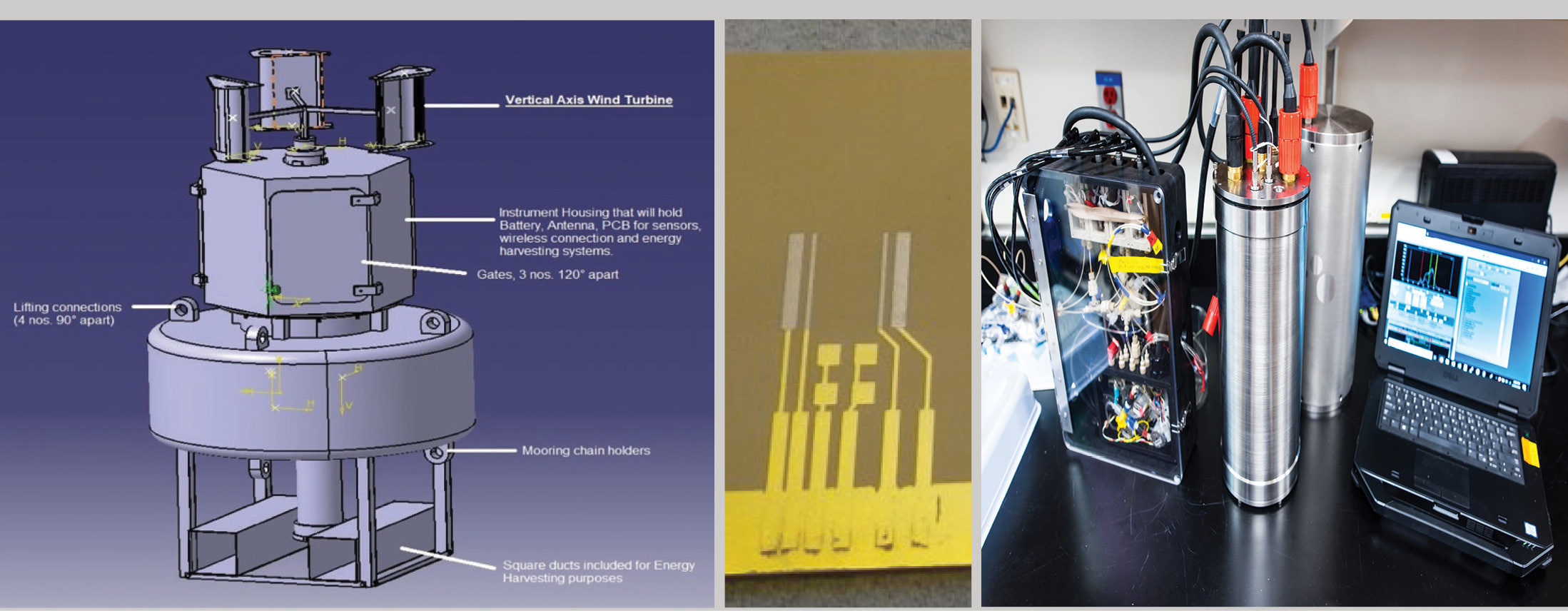 A 3D CAD Model of the NSVS to be integrated with Optical and Printed MEMS Sensors
A 3D CAD Model of the NSVS to be integrated with Optical and Printed MEMS Sensors
We therefore propose to design and develop low-cost, multi-parameter, water quality monitoring platforms that would consist of array of sensors and an Auto Sampler placed on a stationary platform for all-weather, robust, stable and semi-submersible mechanical system. For self-sustenance, the platform will be equipped with different energy harvesting systems. Long-ranged,
low -power, Wireless communication technology that can work in open-source ecosystem will be adopted for data communication. At the final phase, a mobile platform will be developed for the inspection of pollution sources from the river tributaries. The project is being implemented by a team of multi-institutional, multi-investigator, international network of river scientists, mechanical, electrical, civil and aeronautical engineers from IIT Kanpur and Woods Hole Oceanographic Institution (WHOI), who are committed in making sustained real-time observations on river ecosystems.
The
Autonomous Aquatic Observatory (NSVS) will be deployed in rivers to monitor water quality. The river dynamics is itself varied, with calm and shallow water conditions at different places, to turbid and deep water at other places in the river. Also, the structure is subjected to several wind and water conditions. All these factors are taken into account, when designing the buoy, accounting for its stability in these dynamic conditions.
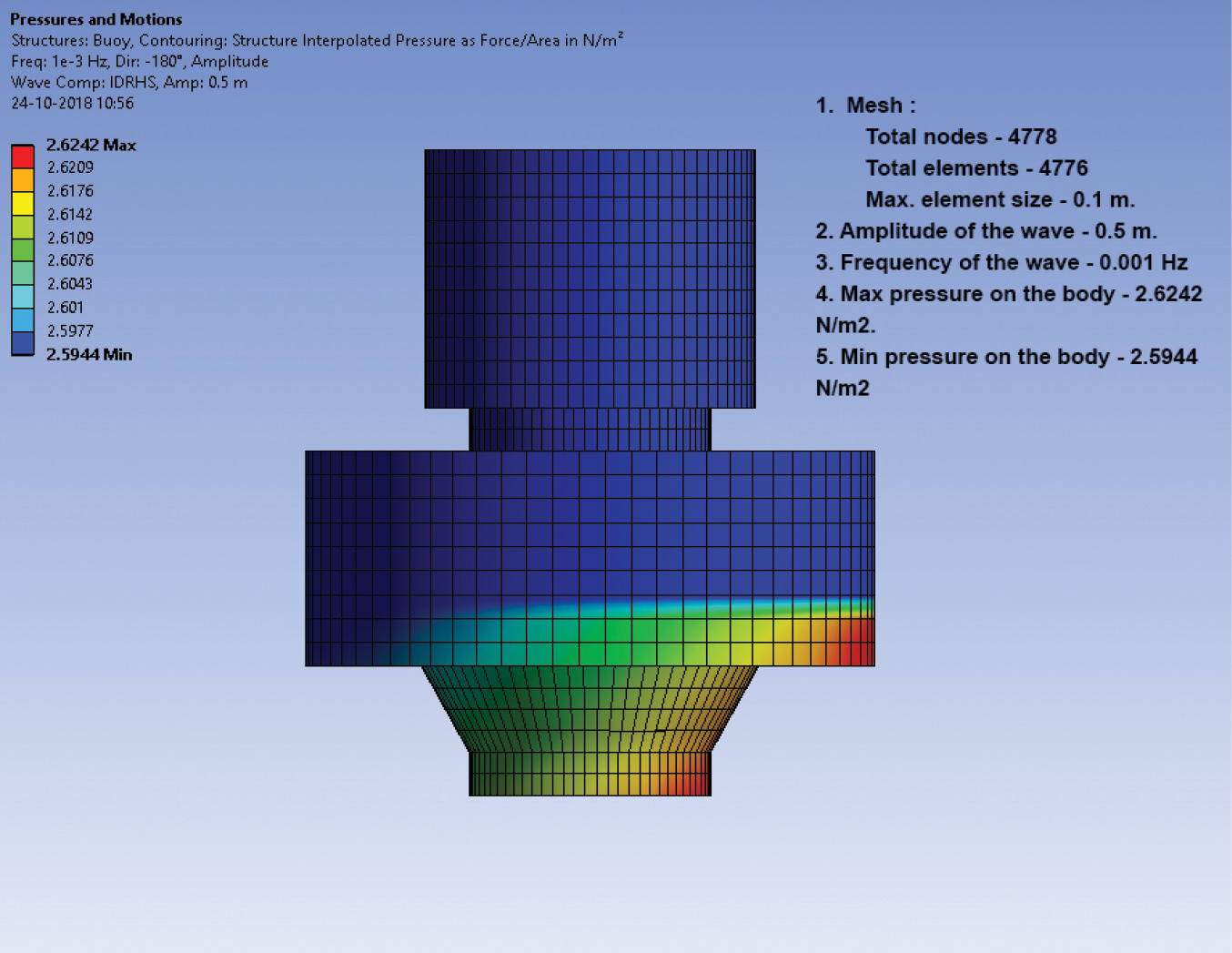 Autonomous Aquatic Observatory.
Autonomous Aquatic Observatory.
The buoy structure is designed so as to keep the centre of gravity low. It will help increase the metacentric height and will also increase the maximum angle to which the body can tilt without capsizing. The buoy structure is also moored at the bottom so as to restrict it to a particular region, without any drift due to the river flow. It will be fitted with Lenz-type Vertical Axis Wind Turbine, to produce usable electrical energy in a generator, and supply power for the sensors deployed in the Autonomous Aquatic Observatory.
One key component of the project is to develop a suite of low-cost and miniaturized
in situ water quality sensors and an auto-sampler for deployment on the proposed observing platform in river systems. These sensors can make high-resolution measurements at real-world conditions underwater, including important water quality parameters of dissolved oxygen (DO; measure how ‘breathable’ water is for organisms), pH (measure of acidity), conductivity (measure of total ions concentration), total carbon dioxide (CO
2) (measure of a major greenhouse gas), and dissolved trace metals (toxic to human). The DO sensor is based on the fluorescence quenching method, and is designed and engineered to be small in size (sensing part ~1 cm
3), low power, and deployable underwater. The conductivity sensor is developed from a micromechanoelectrical system (MEMS) for
in situ measurements of conductivity (salinity), and the sensing part is basically printed on a ~3×3 cm
2 circuit paper, which makes it compact and easy to integrate with other sensing components. Both DO and MEMS sensors are originally designed to be used as ‘animal tags’ on jellyfish and squids in the ocean. pH sensor consists of a conventional glass type pH sensor, but is engineered to cost only a fraction of commercial pH sensors. A newly developed
in situ sensing system, Channelized Optical System II (CHANOS II) by WHOI, will also be integrated into the sensing package for this project. It is designed for
in-situ high-frequency measurements of total CO
3 and trace metals (e.g. copper) based on spectrophotometric principles.
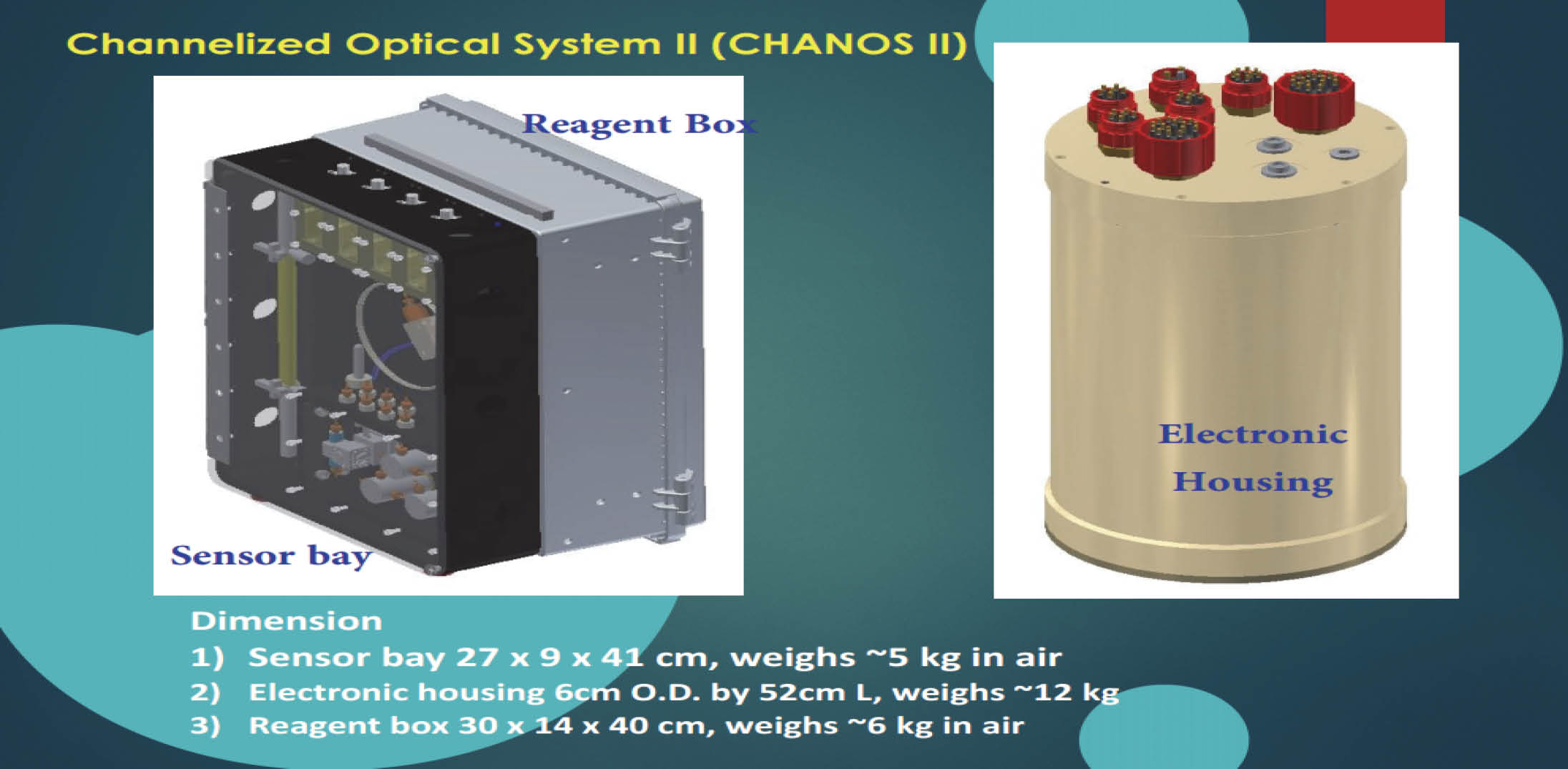 Figures showing the Spectrophotometry based Optical Sensor CHANOS II
Figures showing the Spectrophotometry based Optical Sensor CHANOS II
In addition, an auto-sampler for
in-situ collecting water samples for
E. coli and major ions from rivers is being designed which is particularly useful to measure parameters that are currently challenging to measure
in situ.
Low-power communication technologies form the backbone of any real-time monitoring framework. The ability of the system to provide accurate water quality measurements in real-time with minimal human assistance holds the key to making the approach scalable. We will consider the LoRaWAN protocol for enabling the communication between the sensors and the cloud. Since communication technologies are often power-hungry, standard protocols must generally be tuned to minimize the power consumption. Various components of the protocol are evaluated on the basis of power consumption, and only the options providing the perfect balance between reliability and lifetime are retained. Salient aspects of the LoRaWAN backend include ultra-low power authentication and device discovery; optimal rate of transmission for long-range upload; and ultra-low power sleep mode.
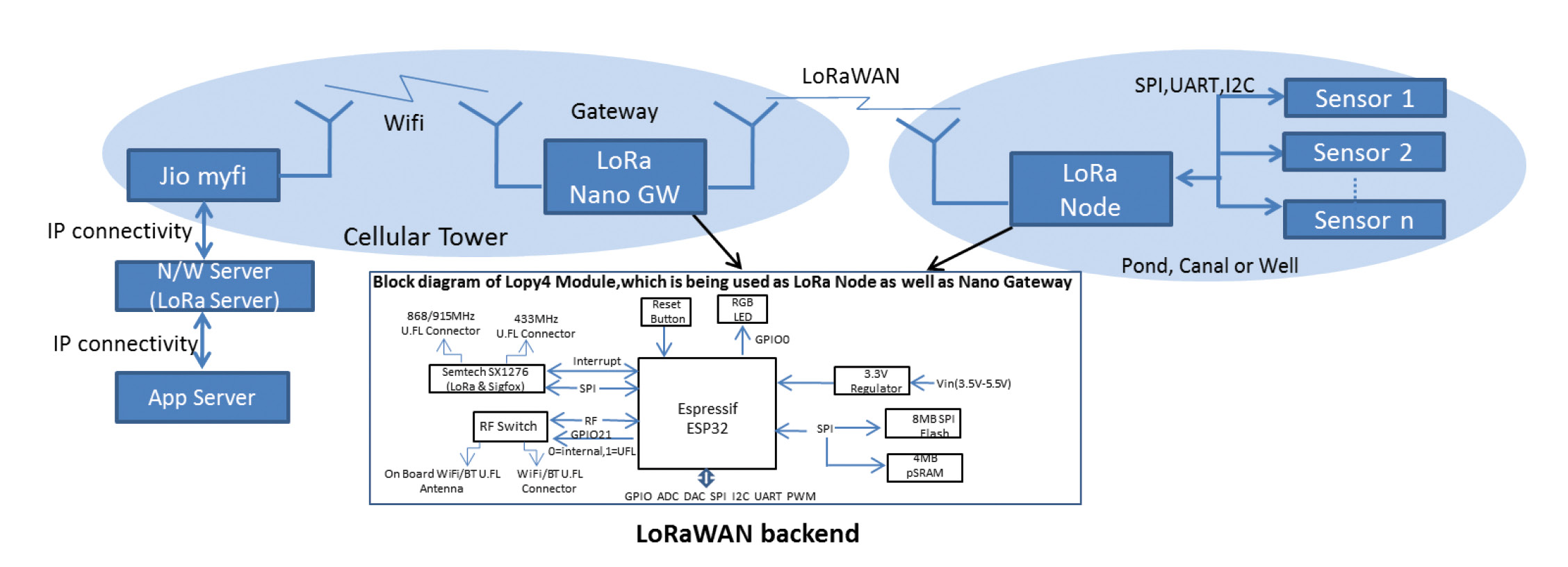 Proposed architecture of the Communication System: LoRaWAN backend
Proposed architecture of the Communication System: LoRaWAN backend
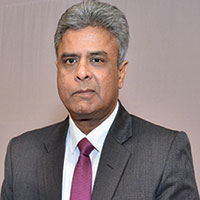
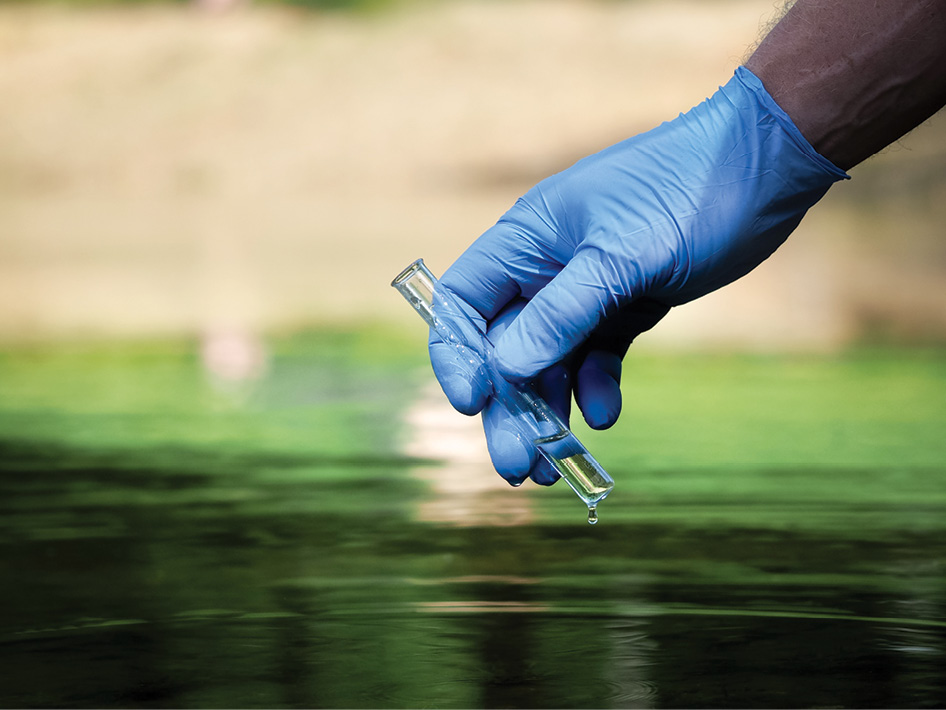

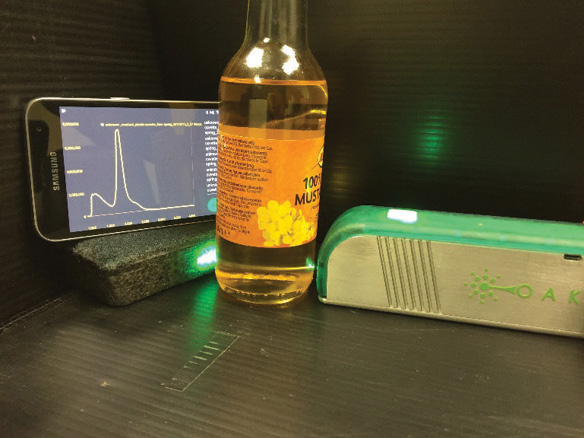
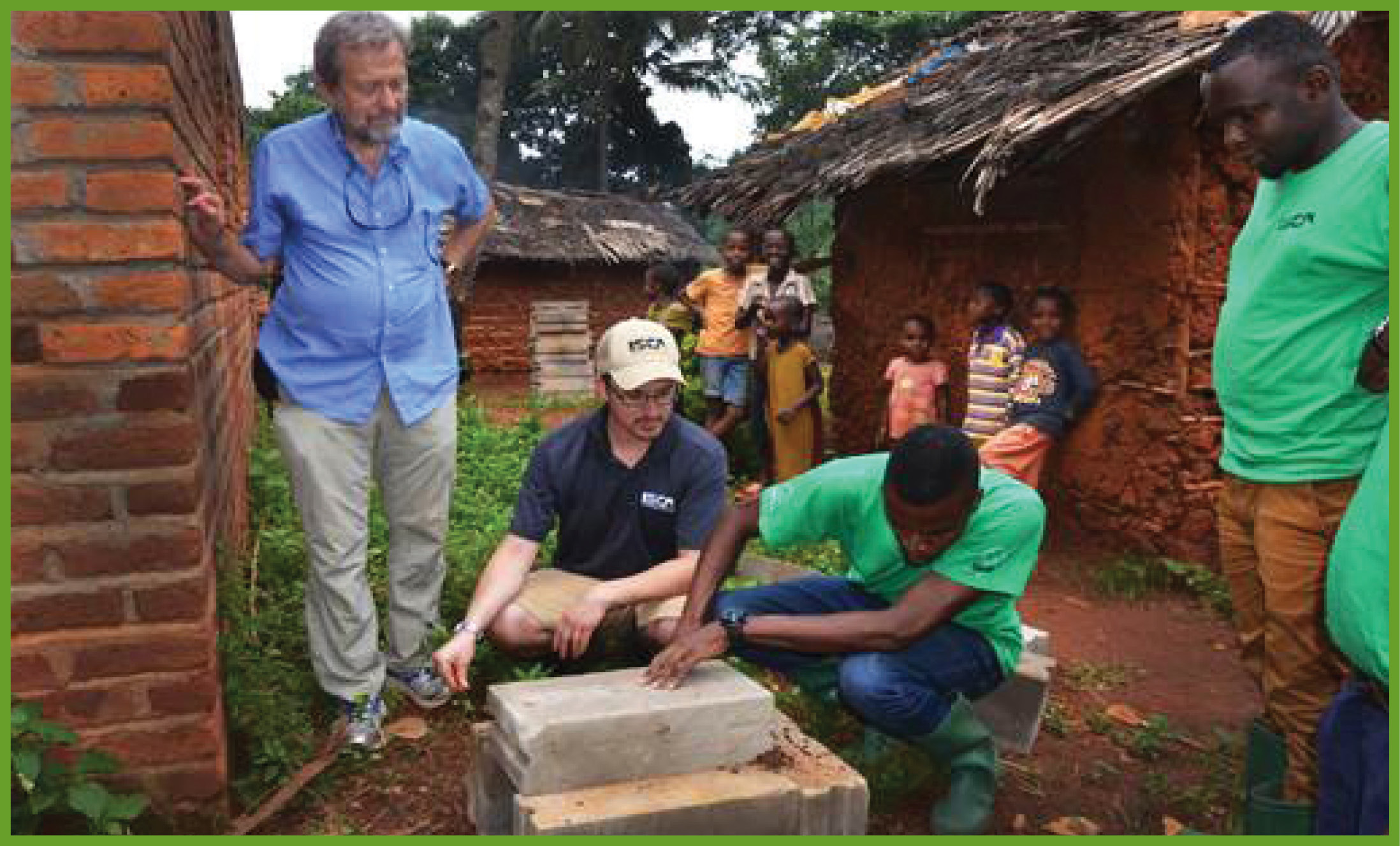
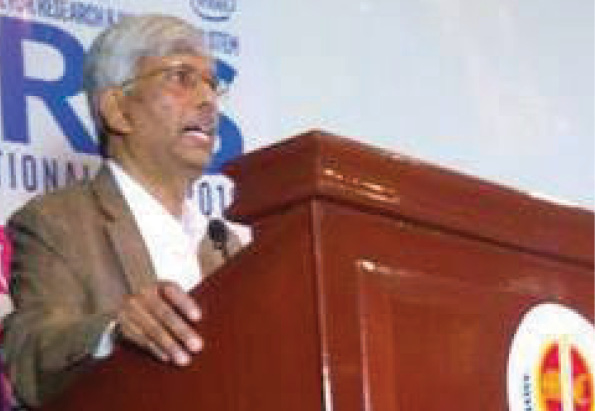

 A 3D CAD Model of the NSVS to be integrated with Optical and Printed MEMS Sensors
A 3D CAD Model of the NSVS to be integrated with Optical and Printed MEMS Sensors 

